Today, we're diving into some interview-style questions to help you prep for those crucial DevOps discussions. Let's get started! 💡
INTERVIEW QUESTIONS:
Name 5 AWS services you've used and their use cases.

EC2 (Elastic Compute Cloud): Used for scalable computing capacity. 💻
S3 (Simple Storage Service): Object storage for a wide variety of data types. 🗄️
RDS (Relational Database Service): Managed relational databases in the cloud. 🛠️
Lambda: Serverless computing for running code without provisioning or managing servers. 🏃♂️
IAM (Identity and Access Management): Securely control access to AWS services and resources. 🔒
What are the tools used to send logs to the cloud environment?
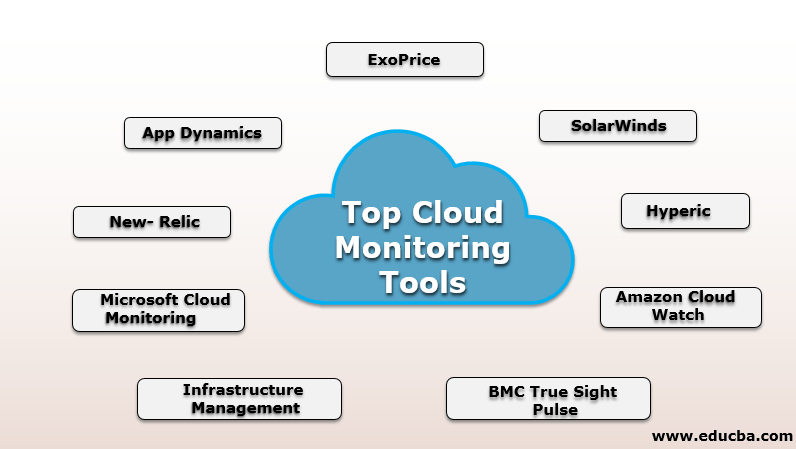
Common tools include CloudWatch Logs Agent, AWS SDKs, and third-party log management solutions like Splunk or Sumo Logic. 📊
What are IAM Roles? How do you create/manage them?
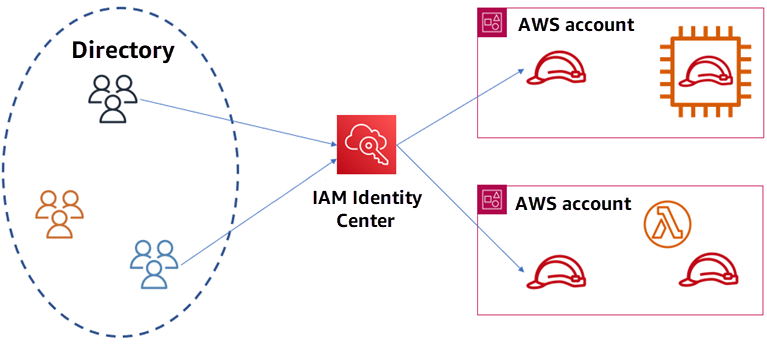
IAM Roles are sets of permissions that grant access to AWS resources. You create and manage them through the IAM console or via AWS CLI. 🗝️
How to upgrade or downgrade a system with zero downtime?

Employ techniques such as Blue-Green deployment, rolling updates, or using AWS Elastic Beanstalk for managed updates. ⬆️⬇️
What is infrastructure as code and how do you use it?
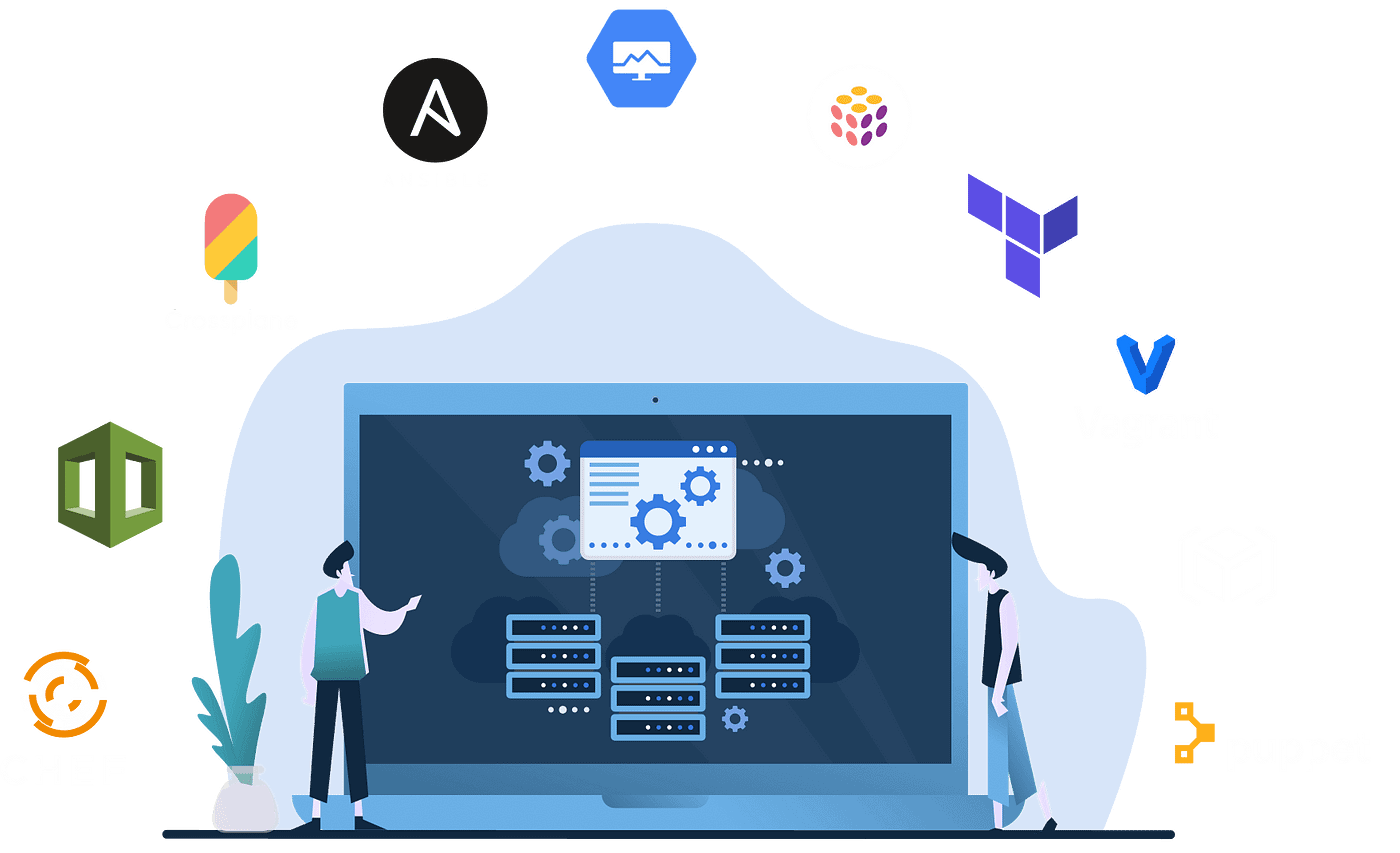
Infrastructure as code (IaC) involves managing and provisioning computing infrastructure through machine-readable definition files. Tools like AWS CloudFormation or Terraform are commonly used for this purpose. 💻🏗️
What is a load balancer? Give scenarios of each kind of balancer based on your experience.

A load balancer distributes incoming network traffic across multiple servers. Types include Classic Load Balancer, Application Load Balancer (ALB), and Network Load Balancer (NLB), each suited for specific use cases. ⚖️
What is CloudFormation and why is it used for?
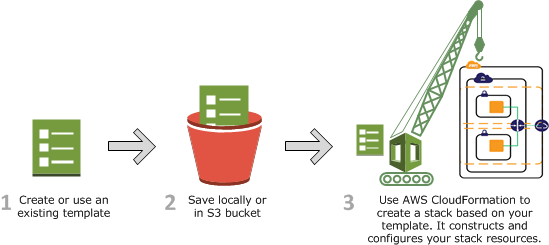
CloudFormation is AWS's service for defining and deploying infrastructure as code. It helps automate the provisioning of resources in a predictable and repeatable manner. 🌐
Difference between AWS CloudFormation and AWS Elastic Beanstalk?
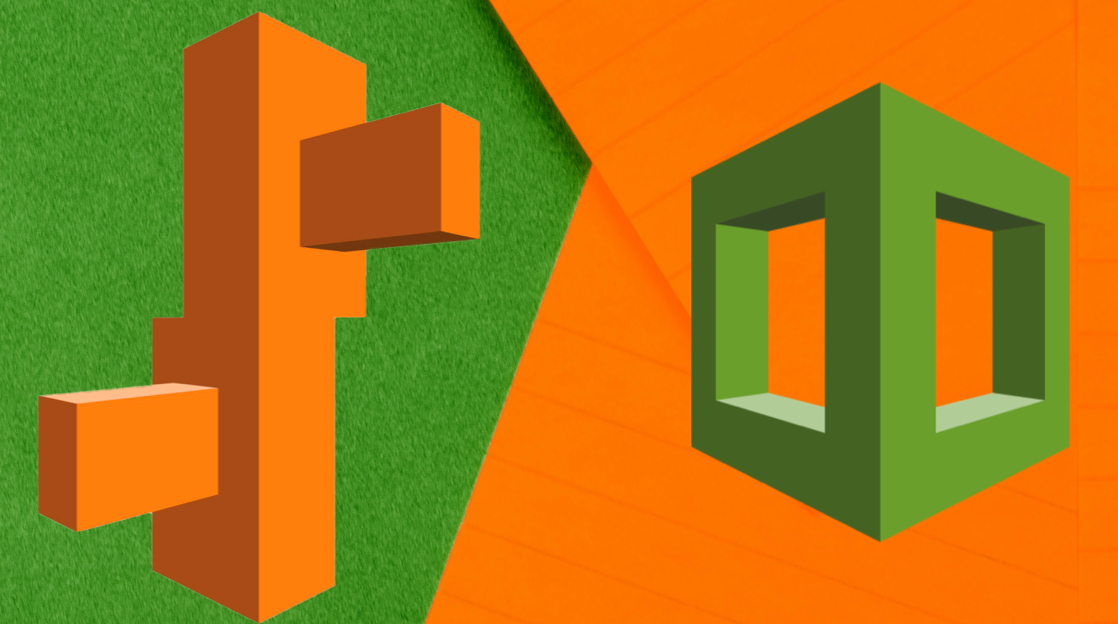
AWS CloudFormation: Infrastructure as code service for provisioning AWS resources.
AWS Elastic Beanstalk: Platform as a service (PaaS) for deploying and managing applications without worrying about the underlying infrastructure. 🛠️🌱
What are the kinds of security attacks that can occur on the cloud? And how can we minimize them?
Attacks include DDoS, data breaches, and insider threats. Minimize them through practices like encrypting data, implementing strong access controls, and regularly auditing configurations. 🔐🛡️
Can we recover the EC2 instance when we have lost the key?
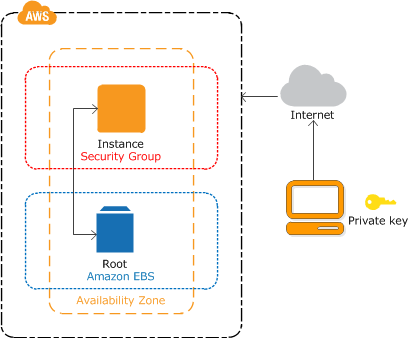
Yes, you can recover access by creating a new key pair or mounting the EBS volume to another instance. 🔑
What is a gateway?
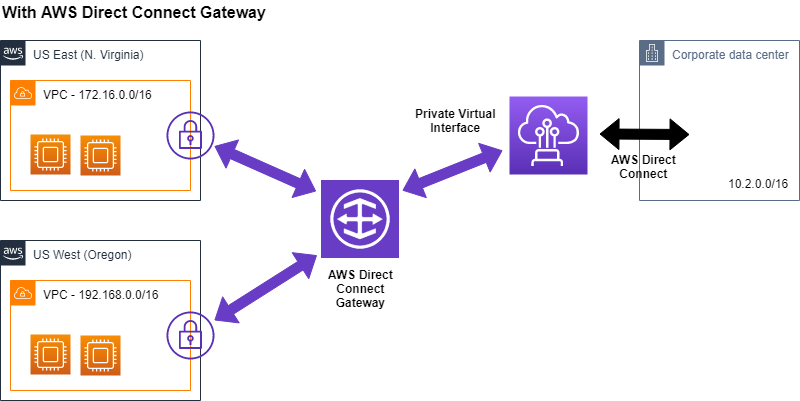
A gateway acts as an entry or exit point for a network. In AWS, this can refer to API Gateway, VPN Gateway, or Direct Connect Gateway. 🌉
What is the difference between Amazon RDS, DynamoDB, and Redshift?
Amazon RDS: Managed relational database service.
DynamoDB: Fully managed NoSQL database service.
Redshift: Managed data warehouse service for analytics. 📊
Do you prefer to host a website on S3? What's the reason if your answer is either yes or no?
Yes, hosting on S3 is preferred for its scalability, low cost, and reliability in serving static content efficiently. 🌐💰
Thank you for reading! 🙌 #DevOps
